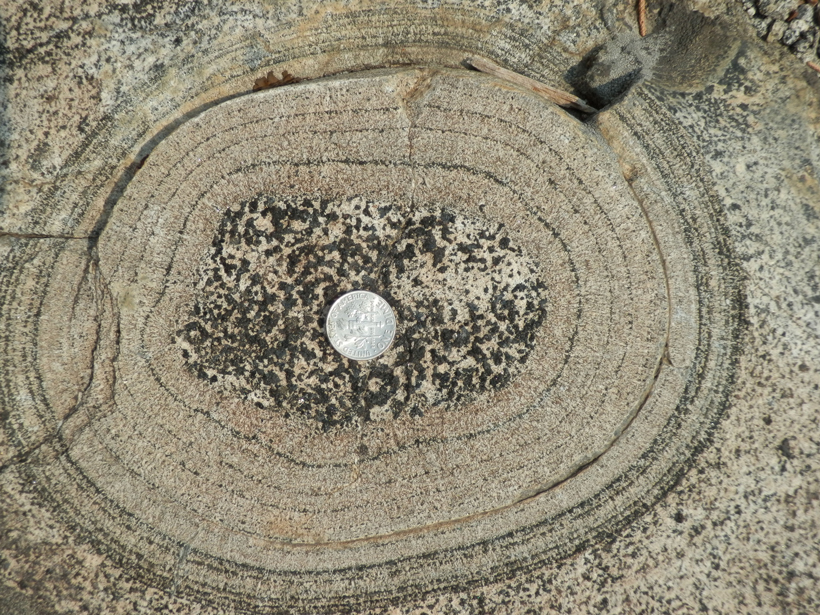Source: Journal of Geophysical Research: Solid Earth
Understanding the processes that control eruptions in volcanic arcs requires identifying the mechanisms by which magma is extracted from shallow reservoirs and ascends to the surface. Although previous research has suggested that the melted material rises in rapid, low-volume pulses rather than in larger, lava lamp–like blobs, the timescales and pathways of these processes in arc settings are still poorly understood.
To better understand these dynamics, McCarthy and Müntener performed a detailed analysis of igneous layering found at the contacts between small igneous bodies that collectively compose California’s Cretaceous age Fisher Lake pluton. Using field observations combined with textural and geochemical data, the pair studied the formation of comb layering, a distinctive texture characterized by long, branching minerals growing perpendicular to the wall of an igneous body. These layers can grow on the walls of an igneous body or on remobilized rock fragments, thereby forming spherical orbicules.
The results show that in 98% of the samples, crystallization began with the growth of the mineral plagioclase, whose nucleation was controlled by a reduction in pressure as magma rose through Earth’s crust. The initiation of comb layering, the authors conclude, is controlled by magma’s water contents, the amount of degassing that occurs during its ascent, and the pathways through which the molten materials rise.
Although the global paucity of comb layering suggests this type of decompression is not a widespread phenomenon in arc settings, the team argues that where present, it records the passage of individual pulses of magma through volcanic conduits rather than the mixing of magmas of different compositions as previous studies had suggested. Using experimental plagioclase growth rates, the researchers estimated that the comb layering in the Fisher Lake samples took just a few years to a few decades to grow.
These results bolster the authors’ argument that the comb layering preserves important information regarding the composition and rates of rising magma, whose degassing likely plays a role in triggering volcanic eruptions. (Journal of Geophysical Research: Solid Earth, doi:10.1002/2016JB013489, 2016)
—Terri Cook, Freelance Writer
Citation:
Cook, T. (2017), Pulses of rising magma in Sierra Nevada’s past, Eos, 98, https://doi.org/10.1029/2017EO066717. Published on 03 February 2017.
Text © 2017. The authors. CC BY-NC-ND 3.0
Except where otherwise noted, images are subject to copyright. Any reuse without express permission from the copyright owner is prohibited.

